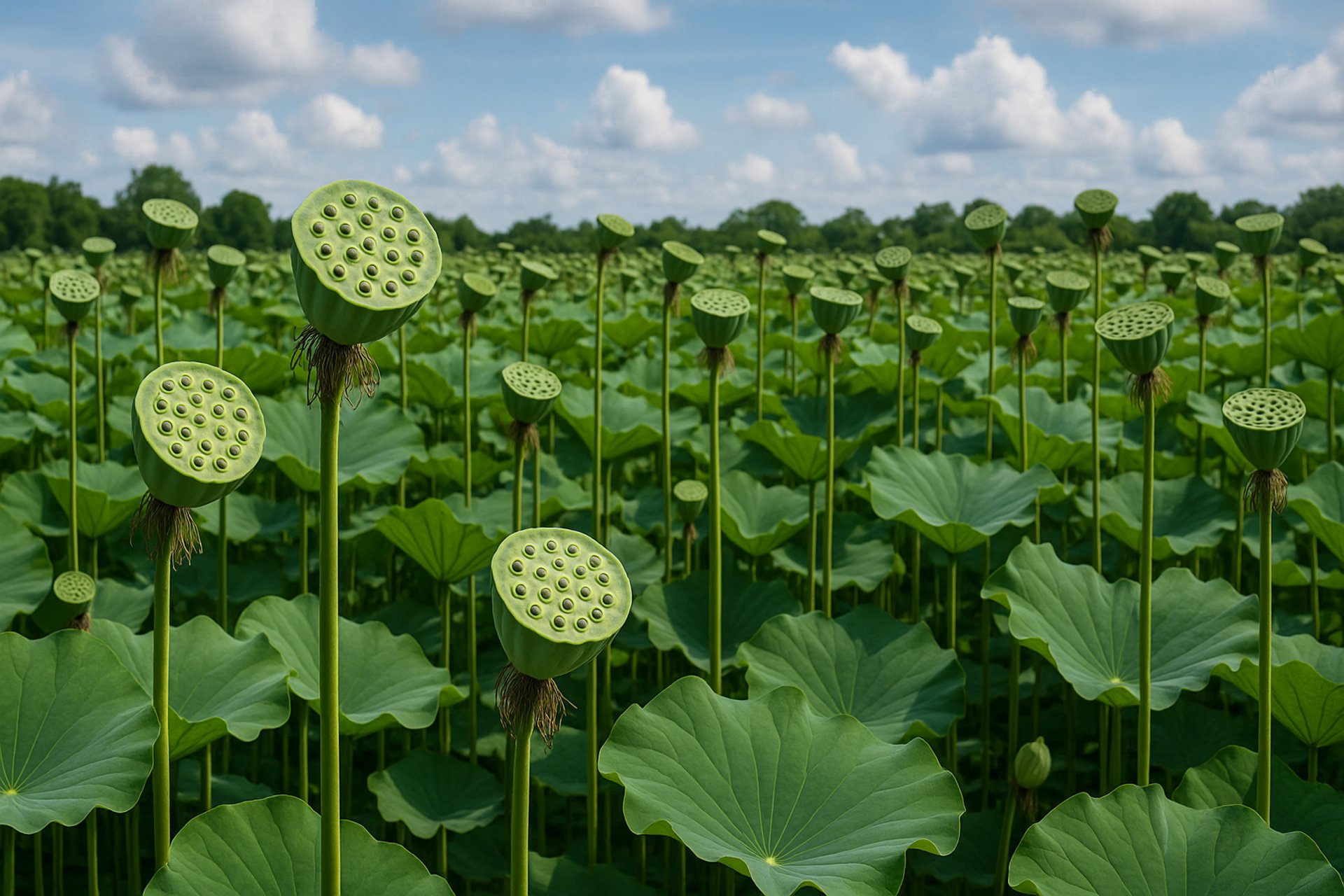
Makhana Farming Process : From Soil to Planting Makhana Saplings
Makhana Farming Process: From Soil to Planting Makhana Saplings
Makhana, also known as fox nut or gorgon nut, is not just a superfood—it’s a crop that requires patience, skill, and the right natural environment. Most of the world’s makhana is cultivated in Bihar, particularly in the districts of Katihar, Purnia, Darbhanga, and Madhubani. These areas have the perfect combination of water bodies, soil, and climate to support this unique aquatic crop.
In this blog, we’ll walk you through the initial stages of makhana farming—from soil preparation to planting saplings.
🌱 1. Site Selection & Water Bodies
Makhana is cultivated in ponds, wetlands, and low-lying fields that retain water throughout the season. Farmers select ponds that are:
1 to 2 feet deep
Filled with stagnant, clean water
Rich in organic content
These water bodies are usually cleaned manually before farming begins.
🌾 2. Soil Preparation
The pond bed or low-lying field is checked for fertility and organic matter. The soil must be soft, muddy, and rich in humus. Farmers often add organic manure like cow dung compost to increase soil nutrition.
The pond is allowed to dry partially between November and January, and any weeds or unwanted plants are removed.
🌿 3. Collection of Makhana Seeds
Seeds are collected from mature makhana fruits that float or sink in the pond during the harvesting season (usually October–November). These seeds are dried and stored for the next season.
Before planting, seeds are soaked in water for 2–3 days to encourage sprouting.
🌱 4. Sowing and Sapling Growth (January–March)
Sprouted seeds are first planted in nurseries or shallow ponds where they begin to develop into saplings. After about 30 to 40 days, the saplings are ready for transplantation.
This is a critical phase, as proper care is needed to prevent fungal or bacterial infections.
🌿 5. Transplantation of Saplings (March–April)
Healthy saplings are carefully uprooted and transplanted into main cultivation ponds or fields. They are spaced properly—about 1.5 to 2 feet apart—to allow the leaves to spread and float on the water surface.
The saplings start developing large floating leaves and underwater stems that will eventually produce fruits.
🌞 6. Natural Growth Phase
From April to July, the makhana plant matures. Small flowers bloom underwater, and fruits develop within thorny shells. These ripen gradually and drop to the bottom of the pond.
The next phase involves harvesting, drying, popping, and grading—which we’ll cover in our next blog post!
👩🌾 Swaadhi Supports Makhana Farmers
At Swaadhi, we work closely with farmers in Katihar and Purnia, helping them with training, quality seeds, and fair prices for their harvest. We believe that strong roots in farming create strong products for the market.
Address :
Akluchak, Mathiyapur Shahpur, Danapur, Bihar 801503
Lohiya Nagar Katihar Bihar 854105
Contacts :
+91 7827165378
support@swaadhispices.in
Follow Us On :
© 2025. All rights reserved.
